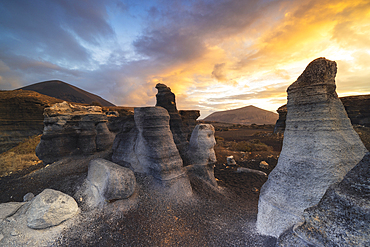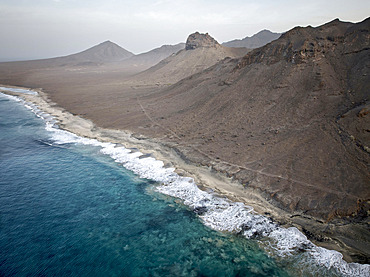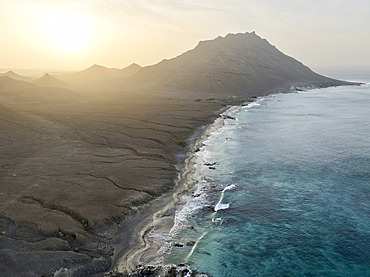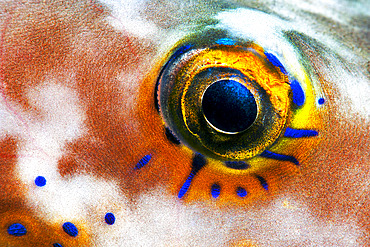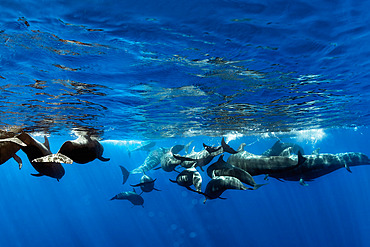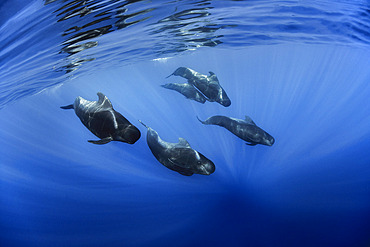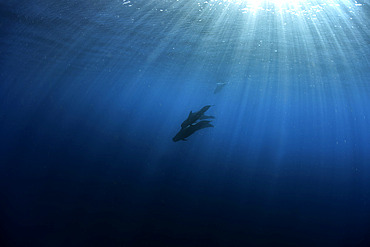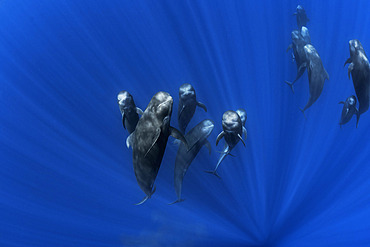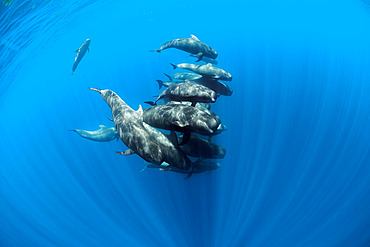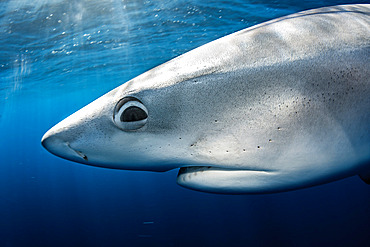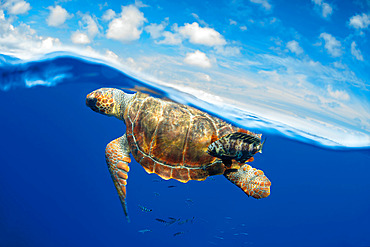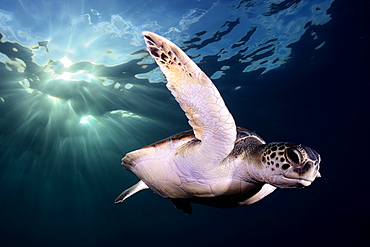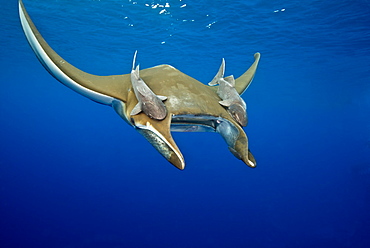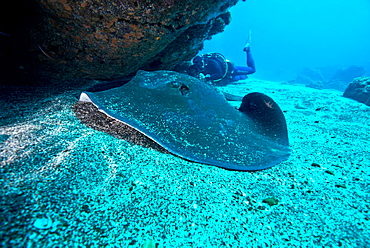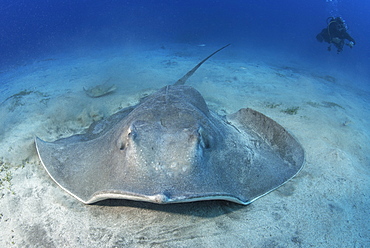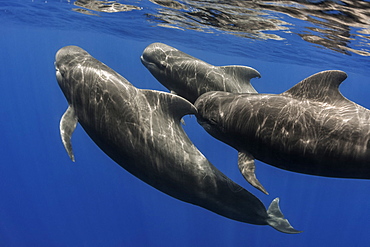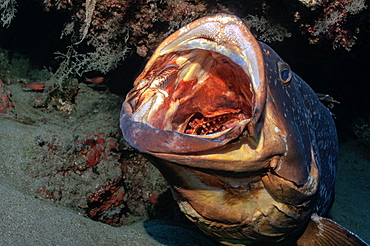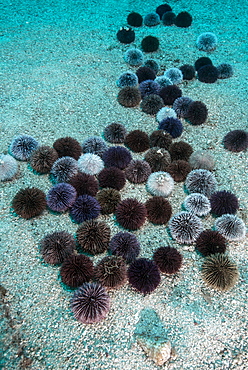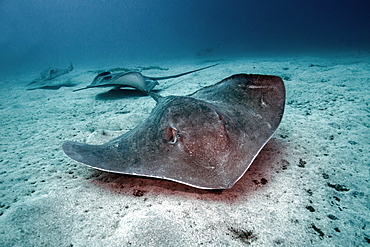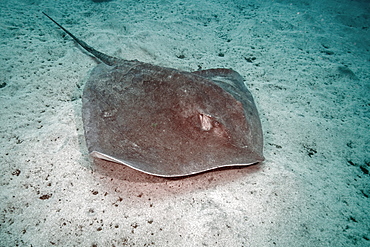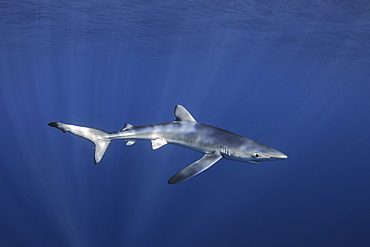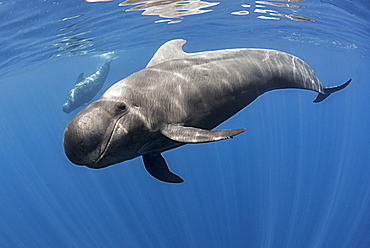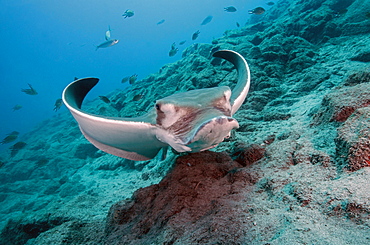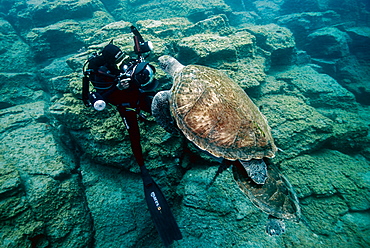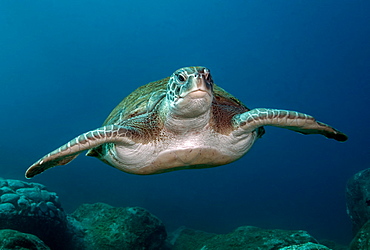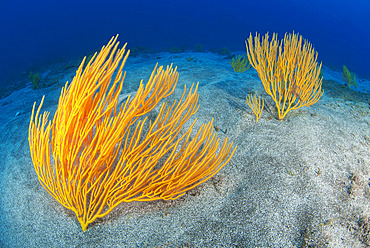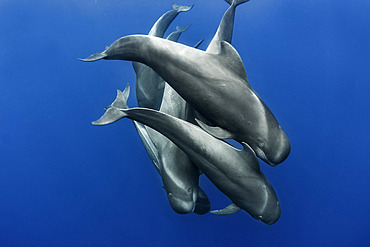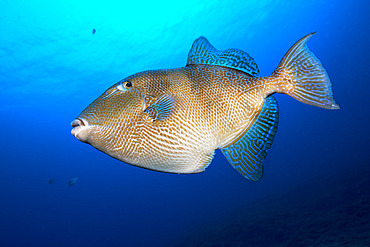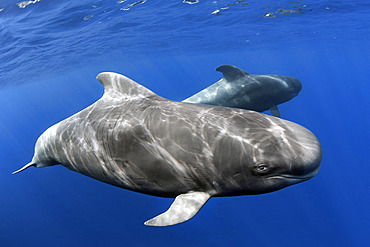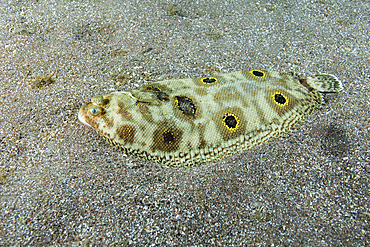Results
13 results found
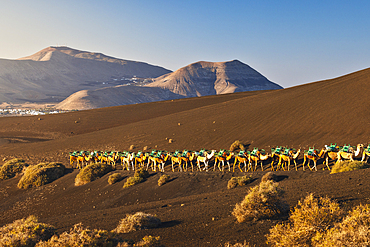
Camel ride at sunrise in Timanfaya National Park, Yaiza, Tinajo, Las Palmas, Lanzarote, Canary Islands, Spain, Atlantic, Europe
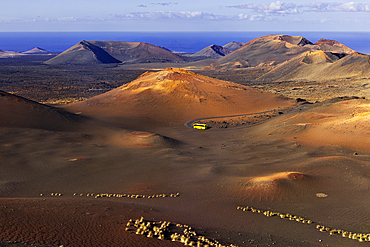
A bus in the middle of Timanfaya National Park, Yaiza, Tinajo, Las Palmas, Lanzarote, Canary Islands, Spain, Atlantic, Europe
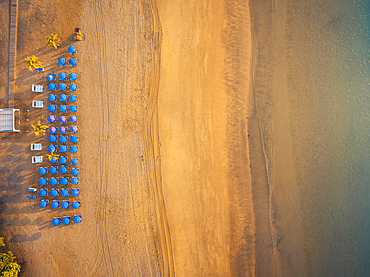
Drone view of Las Teresitas beach and beach umbrellas, Santa Cruz de Tenerife, Tenerife, Canary Islands, Macaronesia, Spain, Western Europe
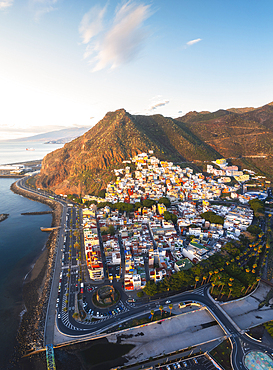
Drone view of San Andres at sunrise, Santa Cruz de Tenerife, Tenerife, Canary Islands, Macaronesia, Spain, Western Europe
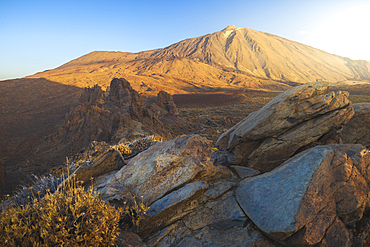
The view of Teide volcano from La Ruleta viewpoint during sunrise, Teide National Park, La Orotava, Santa Cruz de Tenerife, Tenerife, Canary Islands, Macaronesia, Spain, Western Europe
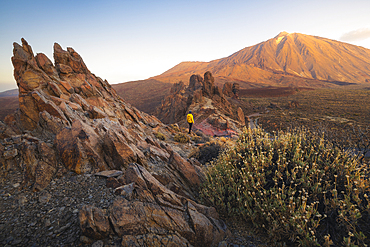
A tourist observes Teide volcano from La Ruleta viewpoint during sunrise, Teide National Park, La Orotava, Santa Cruz de Tenerife, Tenerife, Canary Islands, Macaronesia, Spain, Western Europe
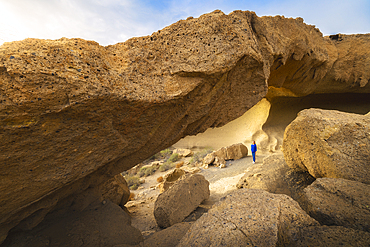
A tourist at Arco de Tajao during sunrise, El Poris de Abona, Santa Cruz de Tenerife, Tenerife, Canary Islands, Macaronesia, Spain, Western Europe
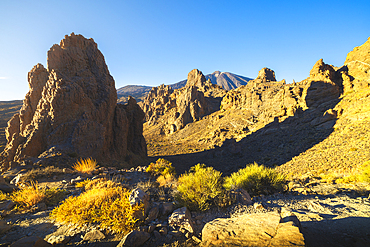
Teide volcano from La Ruleta viewpoint during sunset, Teide National Park, La Orotava, Santa Cruz de Tenerife, Tenerife, Canary Islands, Macaronesia, Spain, Western Europe
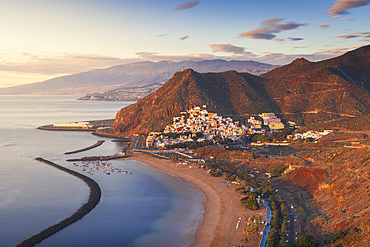
Las Teresitas beach and San Andres at sunrise, Santa Cruz de Tenerife, Tenerife, Canary Islands, Macaronesia, Spain, Western Europe

Las Teresitas beach and San Andres at sunrise, Santa Cruz de Tenerife, Tenerife, Canary Islands, Macaronesia, Spain, Western Europe

A tourist observes Teide volcano from La Ruleta viewpoint during sunset, Teide National Park, La Orotava, Santa Cruz de Tenerife, Tenerife, Canary Islands, Macaronesia, Spain, Western Europe
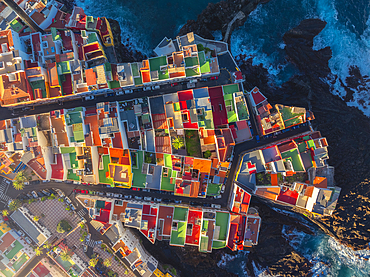
Overhead view of colorful houses in Punta Brava at sunrise, Puerto de La Cruz, Tenerife, Canary Islands, Macaronesia, Atlantic, Spain

Pod of Common dolphin (Delphinus delphis). They are the most abundant cetacean in the world, with a global population of about six million, Horta island, Azores, Portugal, Atlantic ocean

Sei whale (Balaenoptera borealis) is a baleen whale, the third-largest rorqual after the blue whale and the fin whale. Azores, Portugal, Atlantic Ocean.
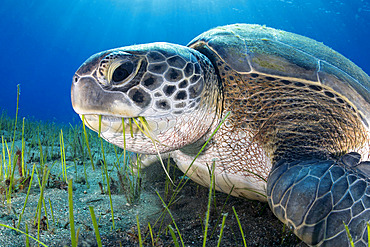
Green sea turtle (Chelonia mydas) in seagrass - seagrass, sebadal, seba (Cymodocea nodosa). Of all the sea turtles that exist, it is the only omnivorous species, feeding in its subadult and adult state on marine plants and algae. Underwater bottoms of the Canary Islands, Tenerife.
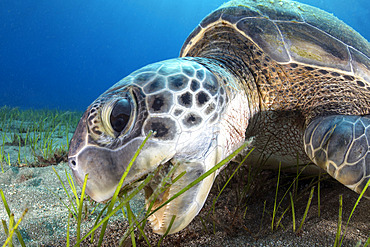
Green sea turtle (Chelonia mydas) in seagrass - seagrass, sebadal, seba (Cymodocea nodosa). Of all the sea turtles that exist, it is the only omnivorous species, feeding in its subadult and adult state on marine plants and algae. Underwater bottoms of the Canary Islands, Tenerife.
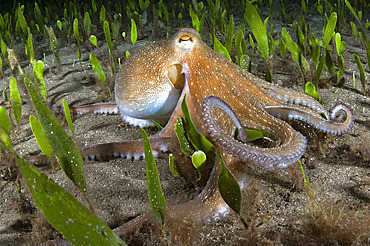
Octopus (Octopus vulgaris) hunting in a marine meadow (Cymodocea nodosa). Marine invertebrates of the Canary Islands, Tenerife.

Volcanic eruption in La Palma, Canary Islands (09/19 to 12/25/2021). The origin of the eruption occurred in the Cumbre Vieja ridge, southwest of the island, municipality of El Paso. On February 9, 2023, its name as Tajogaite Volcano was made official.
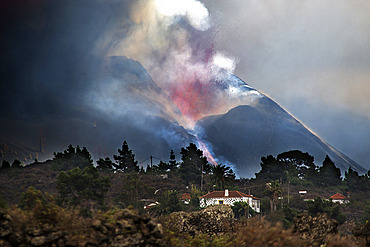
Volcanic eruption in La Palma, Canary Islands (09/19 to 12/25/2021). The origin of the eruption occurred in the Cumbre Vieja ridge, southwest of the island, municipality of El Paso. On February 9, 2023, its name as Tajogaite Volcano was made official.
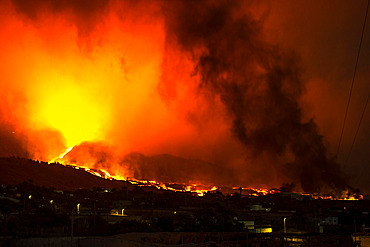
Volcanic eruption in La Palma, Canary Islands (09/19 to 12/25/2021). The origin of the eruption occurred in the Cumbre Vieja ridge, southwest of the island, municipality of El Paso. On February 9, 2023, its name as Tajogaite Volcano was made official.

Volcanic eruption in La Palma, Canary Islands (09/19 to 12/25/2021). The origin of the eruption occurred in the Cumbre Vieja ridge, southwest of the island, municipality of El Paso. On February 9, 2023, its name as Tajogaite Volcano was made official.

Volcanic eruption in La Palma, Canary Islands (09/19 to 12/25/2021). The origin of the eruption occurred in the Cumbre Vieja ridge, southwest of the island, municipality of El Paso. On February 9, 2023, its name as Tajogaite Volcano was made official.
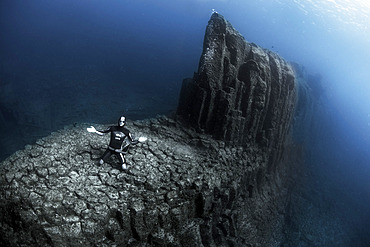
Volcanic underwater beds, Tenerife. The image shows the top of an underwater mountain formed by basaltic columns (columnar disjunction. Canary Islands.

Atlantic spotted dolphin (Stenella frontalis). Juvenile jumping on the surface. Tenerife, Canary Islands.
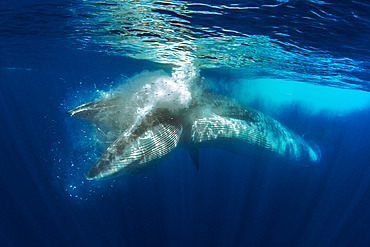
Whale eating. Bryde's whale (Balaenoptera brydei, edeni) - Fr: Rorqual de Bryde - Sp: Rorcual tropical. Tenerife, Canary Islands.

Volcanic underwater bottoms. True seamounts can be seen in the image, a natural monument made of basaltic columns called a columnar disjunction. The highest point is about 15 meters below the surface of the Atlantic Ocean and drops vertically to more than 40 meters at its deepest point. The place is known as La Rapadura on the coast of Santa Úrsula, north of the island of Tenerife. Seabed of the Canary Islands.
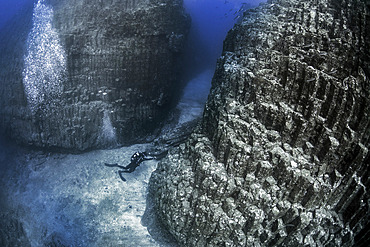
Volcanic underwater bottoms. True seamounts can be seen in the image, a natural monument made of basaltic columns called a columnar disjunction. The highest point is about 15 meters below the surface of the Atlantic Ocean and drops vertically to more than 40 meters at its deepest point. The place is known as La Rapadura on the coast of Santa Úrsula, north of the island of Tenerife. Seabed of the Canary Islands.
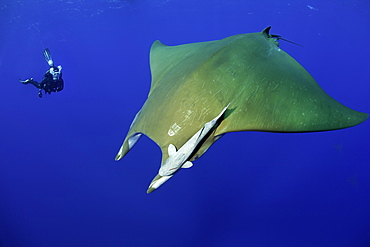
Scuba diver with sicklefin Mantas, Mobula tarapacana, Ambrosio dive site, Santa Maria Island, Azores, Portugal, Atlantic Ocean

Dusky grouper, Epinephelus marginatus, Formigas Islet dive site, 27 miles northeast of Santa Maria Island, Azores, Portugal, Atlantic Ocean
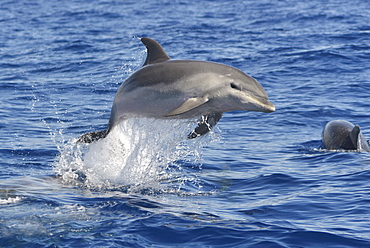
Bottlenose dolphin (Tursiops truncatus). Juvenile playing and jumping on surface. Tenerife, Canary Islands.

Pilot whale (Globicephala macrorhynchus). A dead neonate carried by an adult, probably his mother. Tenerife, Canary Islands.
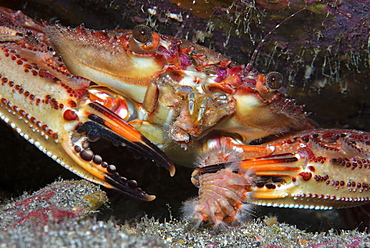
Swimming crab (Cronius ruber). Newly cited species in the Canary Islands (2015). Due to its large number of observations it is considered invasive. Marine invertebrates of the Canary Islands, Tenerife.
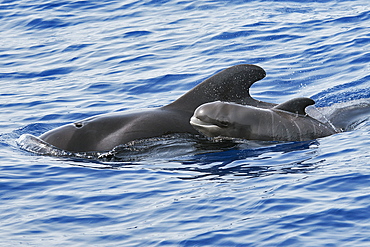
Calderón (Globicephala macrorhynchus). Breeding with an adult, probably his mother swimming on the surface. The fetal lines of the newborn can be perfectly observed. Tenerife, Canary Islands.

Vineyards, Rural landscape, Volcanic landscape, La Geria, Lanzarote Island, Unesco Biosphere Reserve, Canary Islands, Spain, Europe
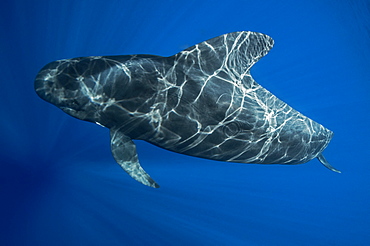
Short-finned pilot Whale (Globicephala macrorhynchus), Tenerife, Canary Islands, Spain, Atlantic Ocean
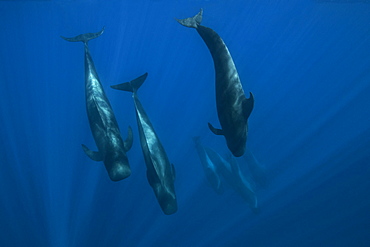
Short-finned pilot Whale (Globicephala macrorhynchus), Tenerife, Canary Islands, Spain, Atlantic Ocean
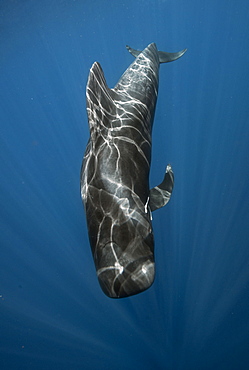
Short-finned pilot Whale (Globicephala macrorhynchus), Tenerife, Canary Islands, Spain, Atlantic Ocean
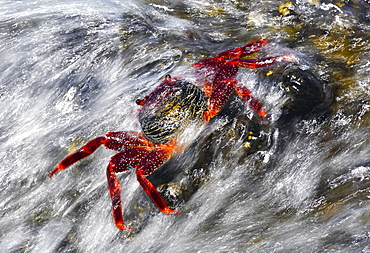
Lightfoot crab (Grapsus adscensionis) in the intertidal. Marine invertebrates of the Canary Islands, Tenerife.
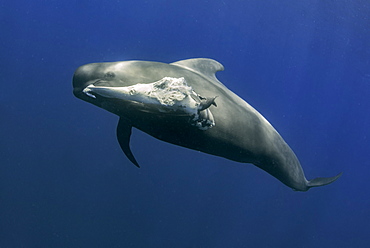
Pilot whale (Globicephala macrorhynchus). A dead neonate carried by an adult, probably his mother. Tenerife, Canary Islands.
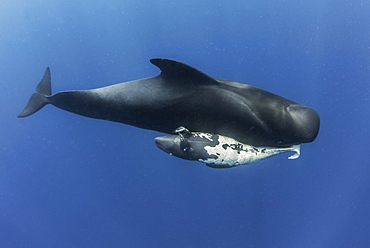
Pilot whale (Globicephala macrorhynchus). A dead neonate carried by an adult, probably his mother. Tenerife, Canary Islands.
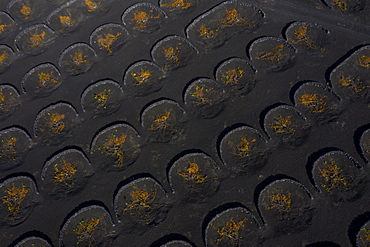
Vineyards, Rural landscape, Volcanic landscape, La Geria, Lanzarote Island, Unesco Biosphere Reserve, Canary Islands, Spain, Europe
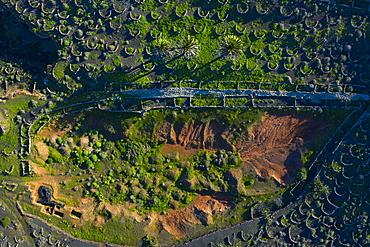
Vineyard, Rural landscape, Tiagua, Lanzarote Island, Unesco Biosphere Reserve, Canary Islands, Spain, Europe
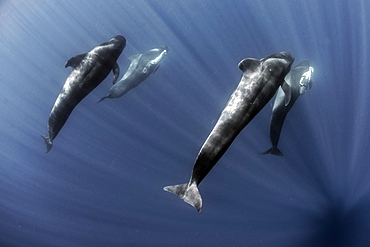
Calderón (Globicephala macrorhynchus). Two dead newborns carried by adults, probably their mothers. Being two young, it has been rarely documented. Tenerife, Canary Islands.
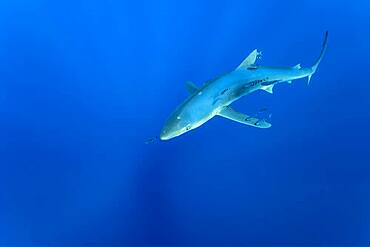
Blue shark (Prionace glauca) and Pilot fish (Naucrates ductor), Pico Island, Azores, Portugal, Atlantic Ocean
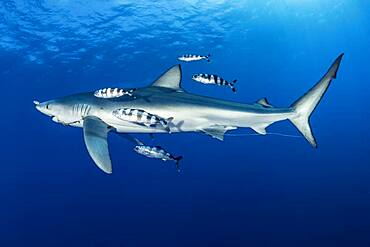
Blue shark (Prionace glauca) with fishing hook and Pilot fish (Naucrates ductor), Pico Island, Azores, Portugal, Atlantic Ocean
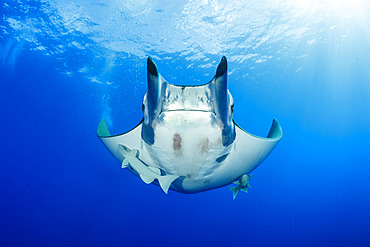
Sicklefin Mantas (Mobula tarapacana), Ambrosio dive site, Santa Maria Island, Azores, Portugal, Atlantic Ocean
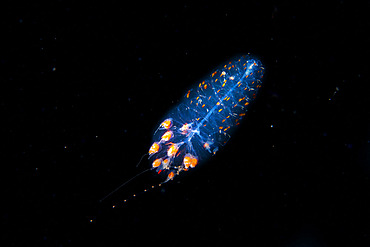
Zooplankton. Pelagic micro organism that is part of plankton (unidentified species). It lives dragged by the marine currents and it is common to observe it in spring. Marine invertebrates of the Canary Islands.
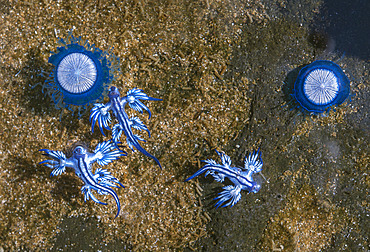
BLUE DRAGON (Glaucus atlanticus). A small peacic slug that measures only about 2 cm and is generally associated with the Portuguese frigatebird (Physalia physalis) or the blue button (Porpita porpita) on which it feeds. They can also appear in intertidal pools. Marine invertebrates of the Canary Islands, Tenerife.
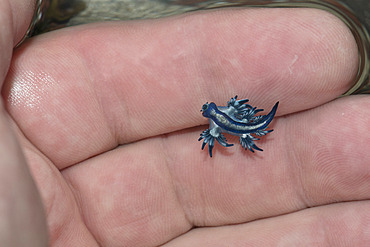
Blue Dragon (Glaucus atlanticus) hanging. Small slug that measures only about 2 cm and is generally associated with the Portuguese man of war (Physalia physalis), although it also usually appears in intertidal pools. Marine invertebrates of the Canary Islands, Tenerife.
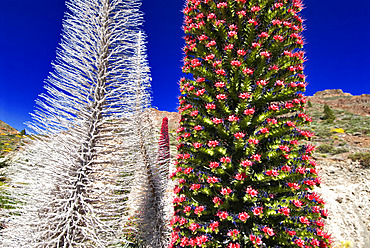
Tajinaste rojo (Echium wildpretii), is an endemic Tenerife plant. Teide National Park, World Heritage Site. Canary Islands.
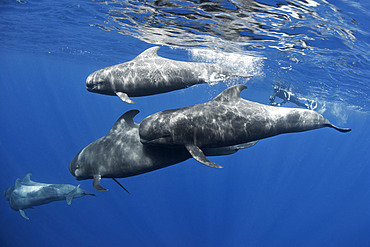
Pilot group. Calderon (Globicephala macrorhynchus) with naturalist photographer. Tenerife, Canary Islands. Photograph taken with the mandatory permits of the MAPAMA.

Loggerhead turtle (caretta caretta) accompanied by pilotfish (Naucrates ductor) swimming near the surface. Vulnerable. Santa Maria Island, Azores, Portugal, Atlantic Ocean
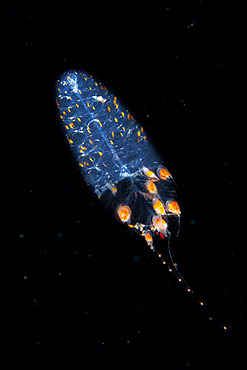
Zooplankton. Pelagic micro organism that is part of plankton (unidentified species). It lives dragged by the marine currents and it is common to observe it in spring. Marine invertebrates of the Canary Islands.

Detail of Blue Spiny Starfish, Coscinasterias tenuispina, Santa Maria Island, Azores, Portugal, Atlantic Ocean
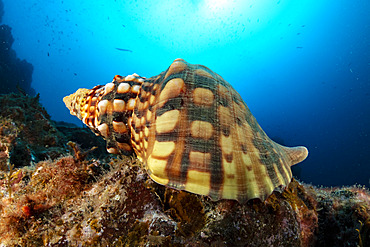
Triton´s Horn, Trumpet Shell (Charonia lampas), protected species, Santa Maria Island, Azores, Portugal, Atlantic Ocean
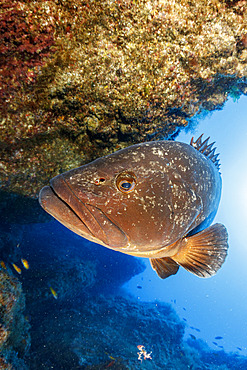
Dusky grouper (Epinephelus marginatus), Formigas Islet dive site, 27 miles northeast of Santa Maria Island, Azores, Portugal, Atlantic Ocean
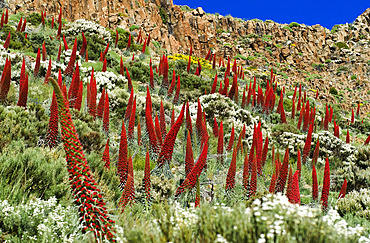
Tajinaste rojo (Echium wildpretii), is an endemic Tenerife plant. Teide National Park, World Heritage Site. Canary Islands.
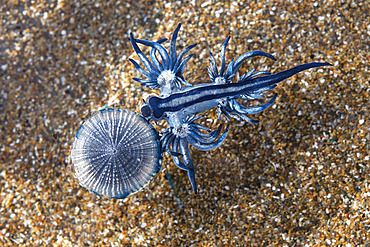
BLUE DRAGON (Glaucus atlanticus). Small slug that measures only about 2 cm and is generally associated with the Portuguese man of war (Physalia physalis), although it also usually appears in intertidal pools. Marine invertebrates of the Canary Islands, Tenerife.

Loggerhead turtle (Caretta caretta) accompanied by pilotfish (Naucrates ductor) swimming near the surface. Santa Maria Island, Azores, Portugal, Atlantic Ocean
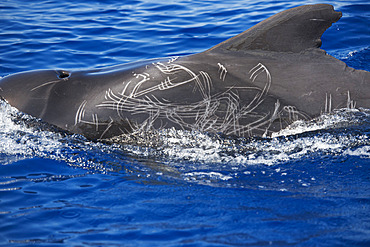
Calderon tropical (Globicephala macrorhynchus) with scars and scratches caused by interactions between individuals of the same species, although so many marks are not common. Tenerife, Canary Islands.
